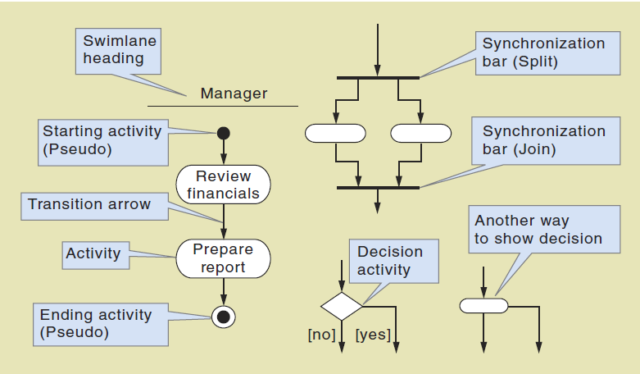Activity Diagram for Use Case
What is Activity Diagram?
Activity diagrams as a form of workflow diagram that easily understood diagram to document the workflows of the business processes. Activity diagrams are a standard UML diagram, and they are also an effective technique to document the flow of activities for each use case.
What is Activity Diagram for Use Case?
Activity Diagram for Use Case is an activity diagram that can take the place of the flow of activities section of a use case description per use case. Sometimes, it is created to supplement the use case description. This diagram tells the interaction between the actor and system.
How to develop the Activity Diagram for Use Case?
The basic symbols used in the activity diagram is same as symbols in the activity diagram for use case. The ovals represent the individual activities in a workflow. The connecting arrows represent the sequence between the activities. The black circles denote the beginning and the ending of the workflow. The diamond is a decision point at which the flow of the process will either follow one path or another. The heavy solid line is a synchronization bar, which either splits the path into multiple concurrent paths or recombines concurrent paths. The swimlane heading represents an agent who performs the activities.

Example of Activity Diagram for Use Case
For the Create customer account use case. Customer makes customer account. There are two swimlanes: one for the customer and one for the system. The customer has three activities, and the system has five activities. Customer will start the action by opening customer account registration form, then system will display the customer account registration form. After that, customer fills the required customer data, so the system will display the customer data. The next action, customer inputs the credit info and the system creates account of customer, verifies credit info, and saves the account details.

References
John W. Satzinger, Robert B.Jackson, Stephen D.Burd, 2012. Systems Analysis and Design in A Changing World. 6th ed. Boston: Joe Sabatino.

